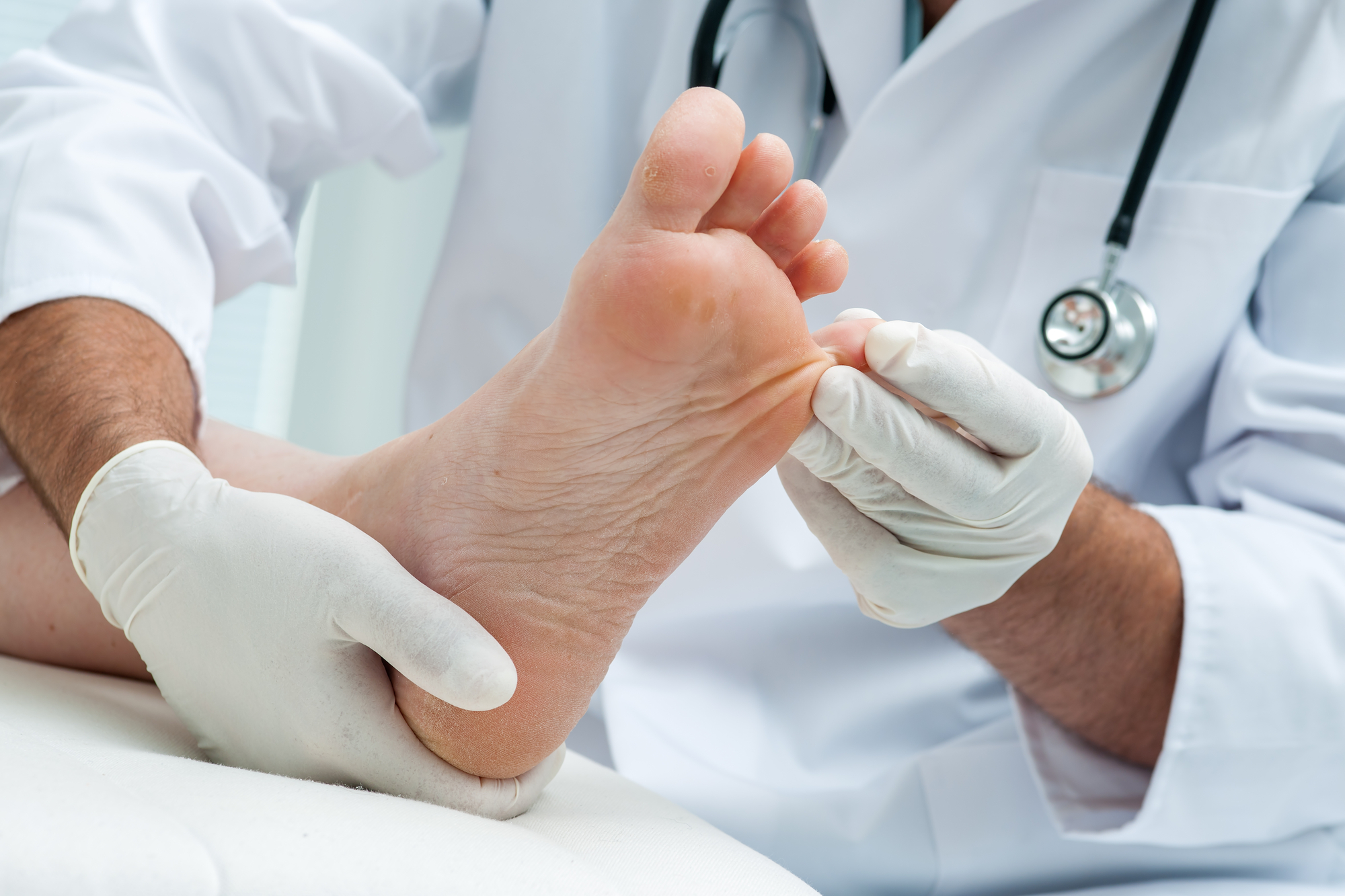If you’re currently suffering from bunion pain, you may be wondering if bunion surgery is right for you. While many individuals try out methods like bunion splints, pads, and cushions, the reality is that the only way to get rid of bunions and bunion pain for good is to undergo surgery. Yet, bunion surgery still has a bad reputation for being particularly painful. So many patients may rightly wonder, is this still true? How long does pain after bunion surgery last? The short answer is that –– thanks to advancements in the field of minimally invasive surgery –– modern bunion surgery does not cause substantial or long-term lingering pain or soreness. We’ll explain further here:
Traditional Bunion Surgery
At one time, traditional bunion surgery was the most prevalent method for dealing with bunion pain. While traditional bunionectomies (bunion removals) can eliminate bunions and bunion pain, they also present a number of drawbacks for patients as well. Specifically, traditional bunion surgery requires a large incision along the side of the foot. (In fact, this type of procedure is often referred to as “open-foot surgery.”) Because of the invasiveness of this surgical method, patients who undergo traditional bunionectomies often have to spend weeks off of their feet entirely. What’s more, traditional bunion surgery typically contributes to scarring and long-term foot soreness as a result. And worst of all, bunion recurrence is more likely to occur after traditional foot surgery than after a minimally invasive procedure.
All told, a given patient may still be feeling the effects of traditional bunion surgery months –– if not years –– after the procedure is complete.
Minimally Invasive Bunion Surgery
In stark contrast to traditional bunion surgery, minimally invasive procedures are much more patient-friendly. The average minimally invasive bunion surgery lasts around 90 minutes, and most patients are able to walk around and drive home on their own immediately following the procedure. That’s because minimally invasive bunion surgery is an outpatient procedure. Surgeons only use local anesthesia to numb the foot, and they are able to remove the bunion and realign the foot while only making a very small incision along the side of the foot. As a result, recovery time from minimally invasive surgery is significantly shorter than traditional procedures. Patients who choose to have minimally invasive surgery are often able to return to work the very next day. In terms of longer-term effects, very few patients report swelling, scarring, or bunion recurrence. Instead, most patients are able to return to complete fitness after a period of 1-5 weeks wearing a protective shoe.
Bunion Surgery Results
At the end of the day, pain after bunion surgery can last for years or just a few short weeks –– depending on the type of procedure. It is also worth noting that the size and severity of a given bunion itself can affect residual pain following a surgery. As such, it’s crucial to go see a foot specialist as soon as you notice any bunion signs or symptoms. The sooner you deal with this issue, the better!
Contact Us
Our team at Northwest Surgery Center are experts in the field of minimally invasive surgery. Whether you’re suffering from bunions, heel spurs, hammertoes, or an unknown foot condition, we can help you find relief and get back to living your most active life. Contact us here for more information or to schedule a consultation today.
Related Questions About Bunion Surgery
LinkedIn Profile Link: https://www.linkedin.com/in/brant-mccartan-1a257a7/



Leave A Comment